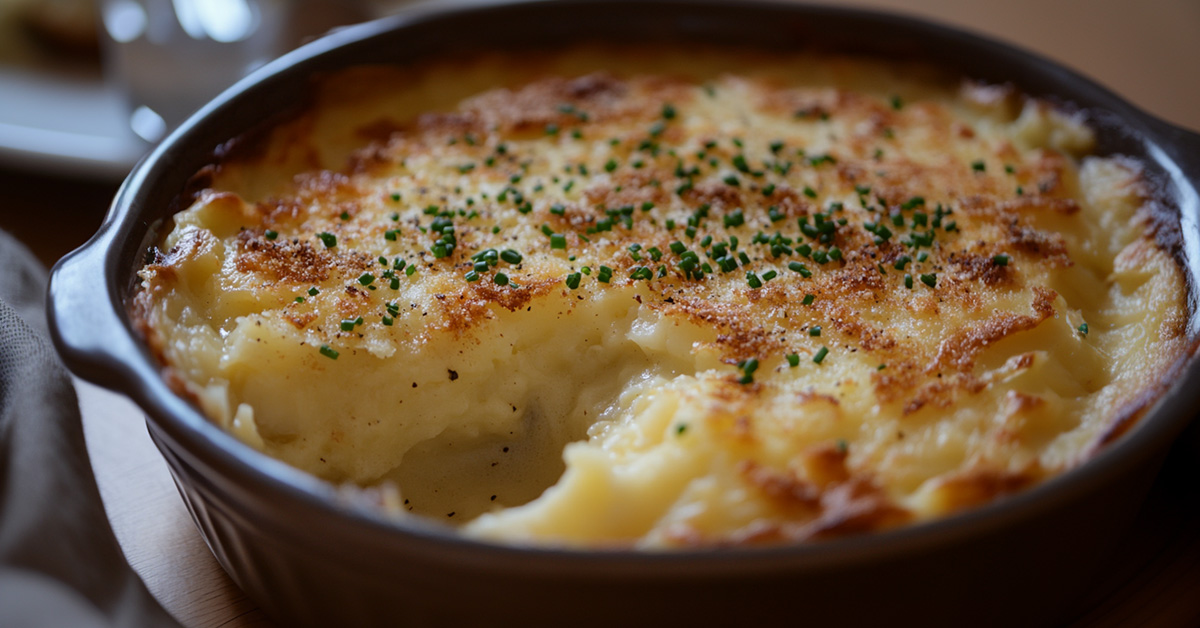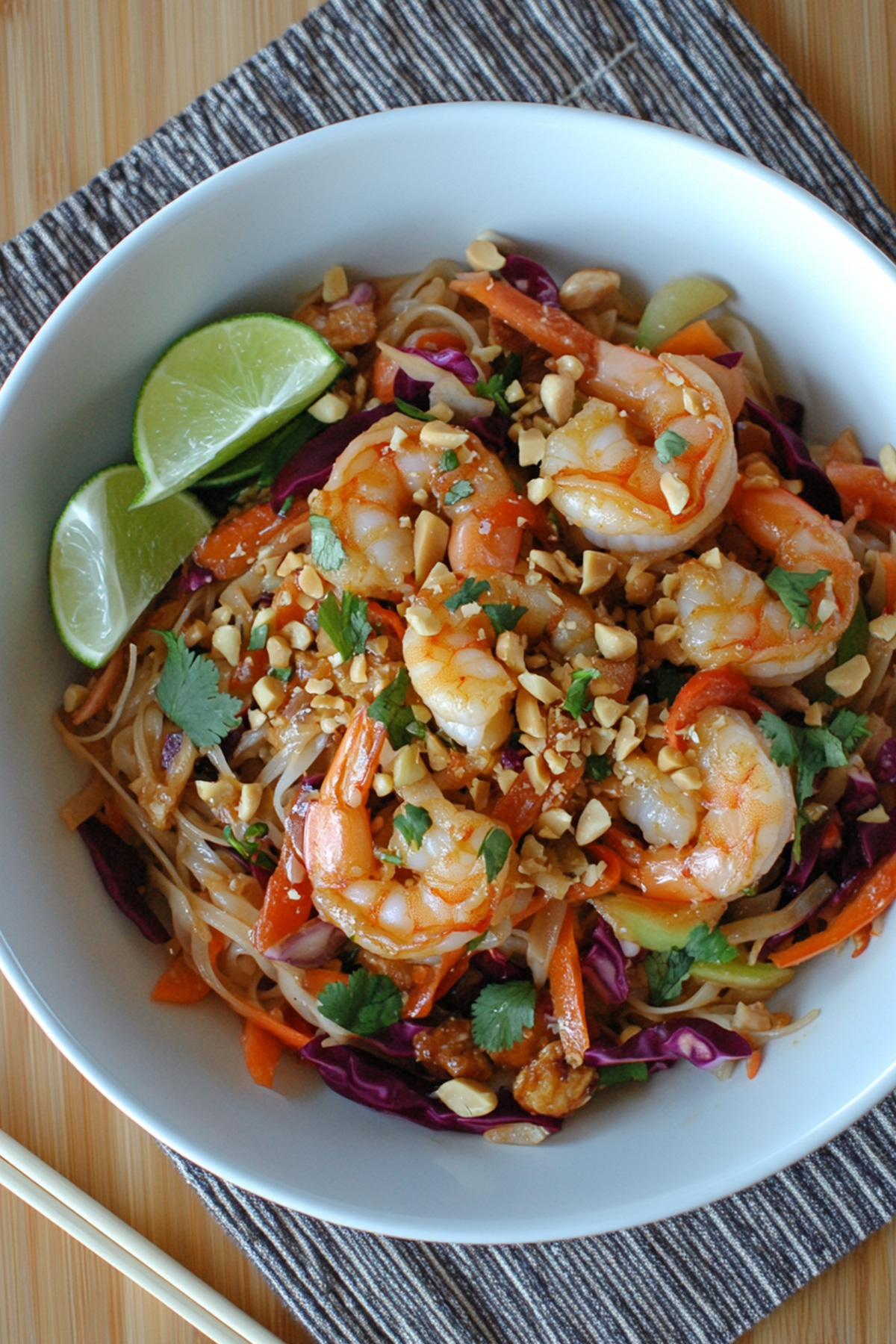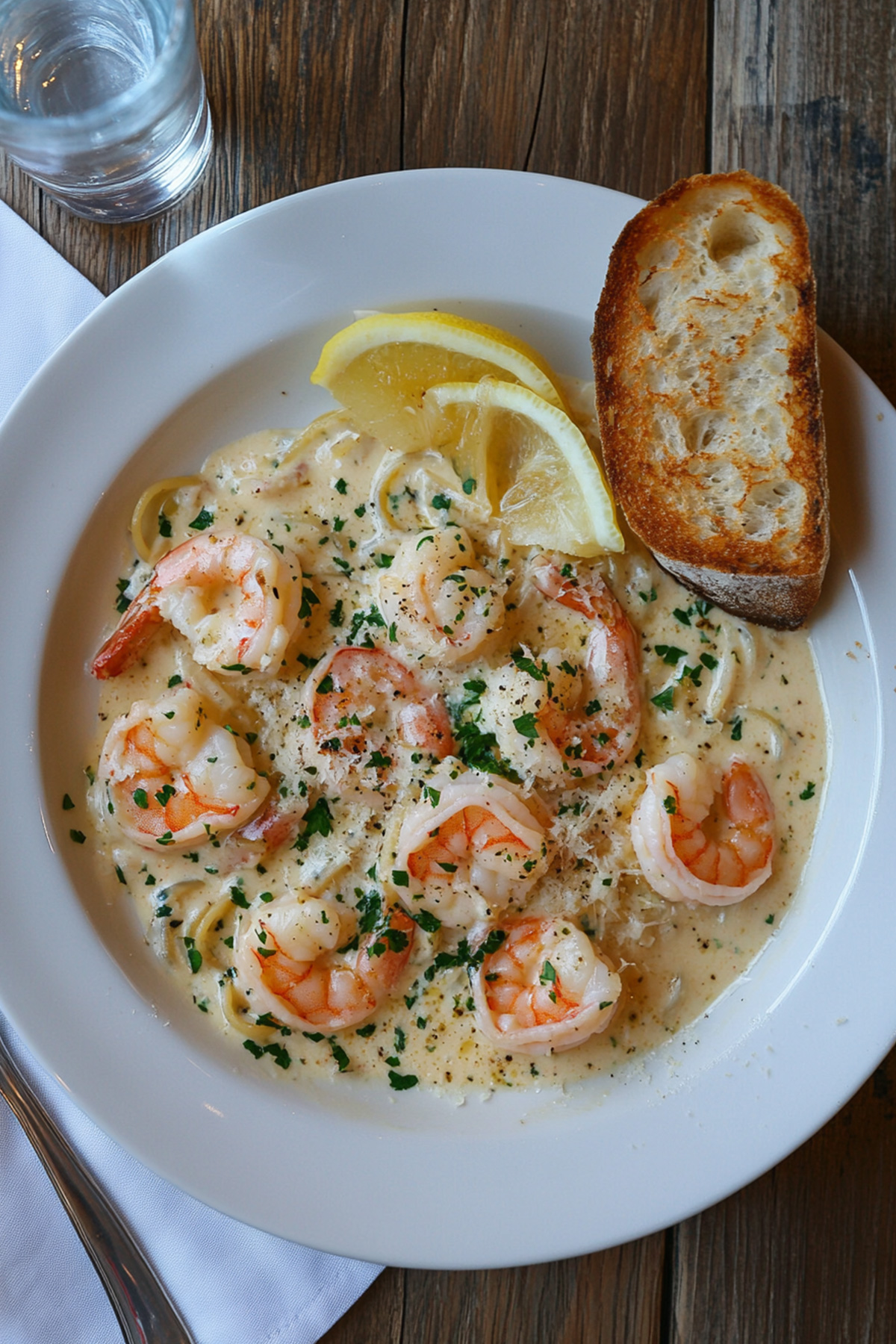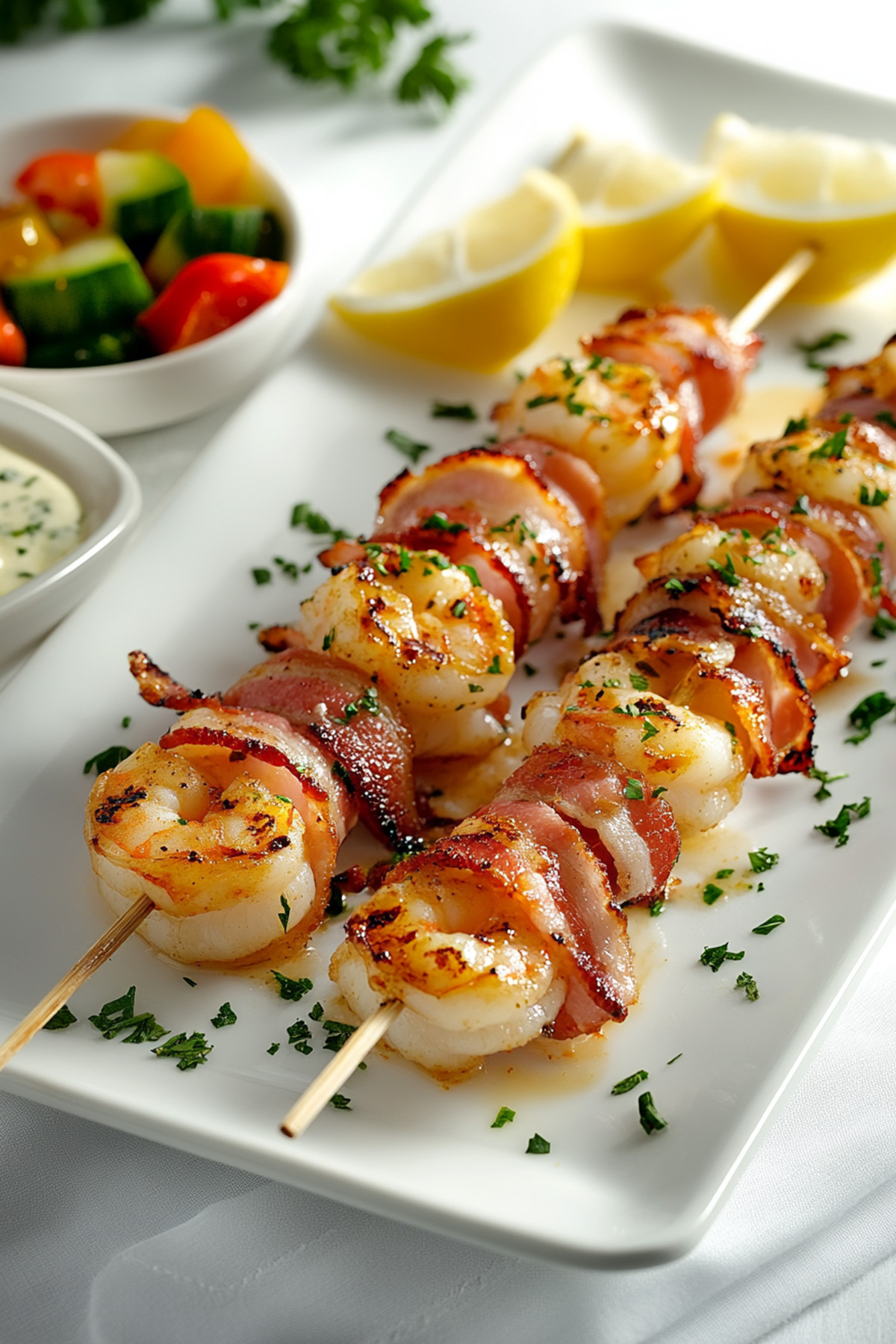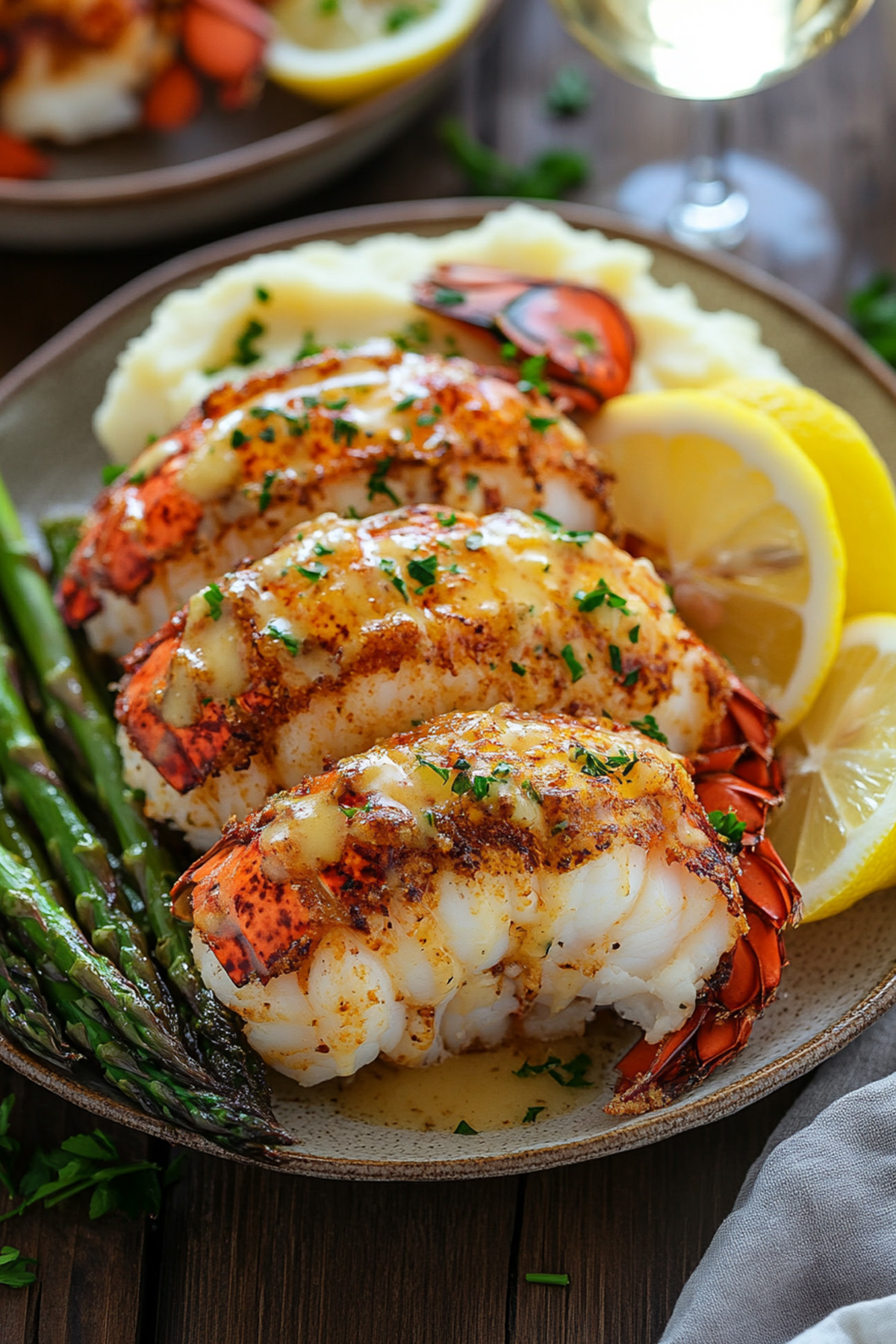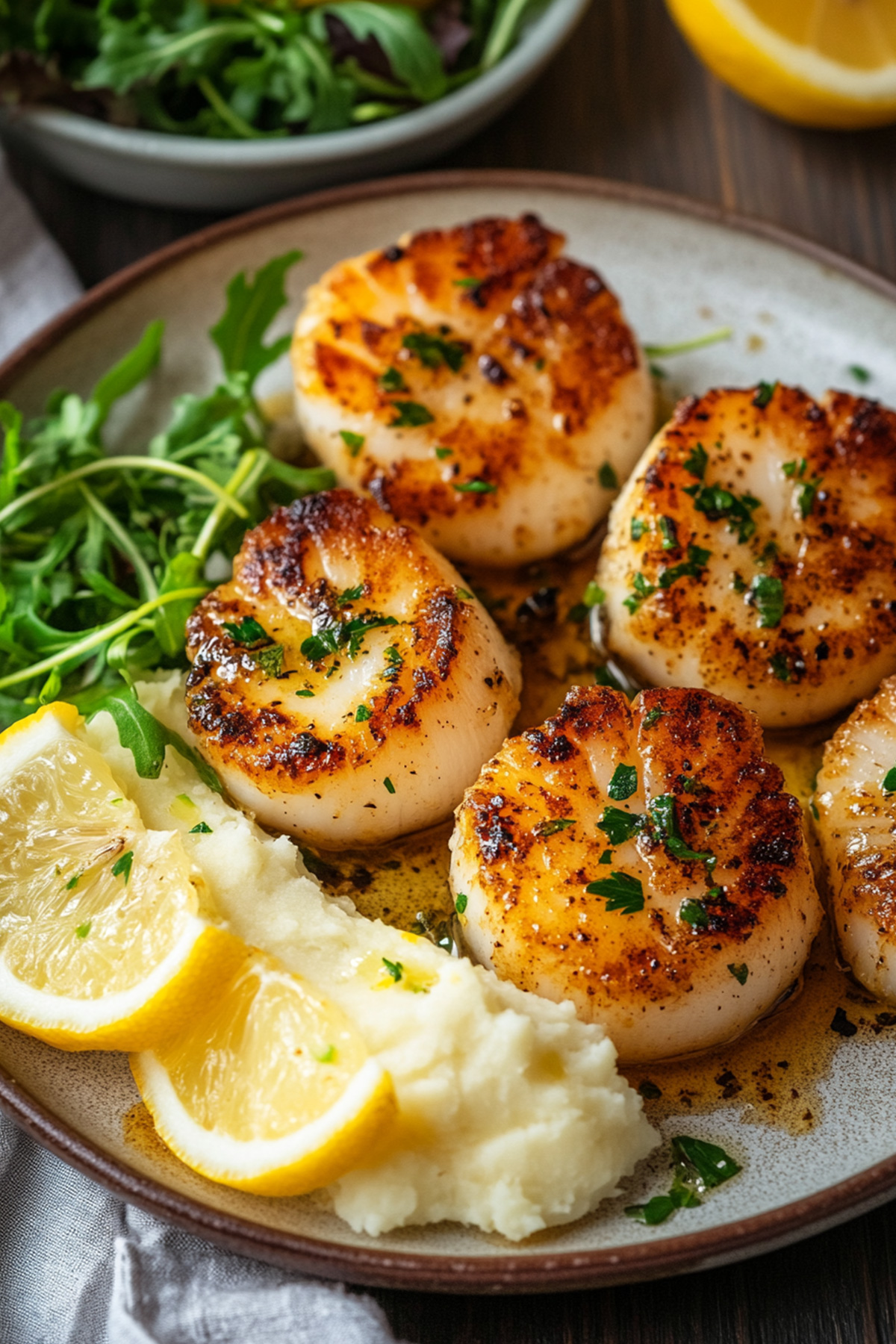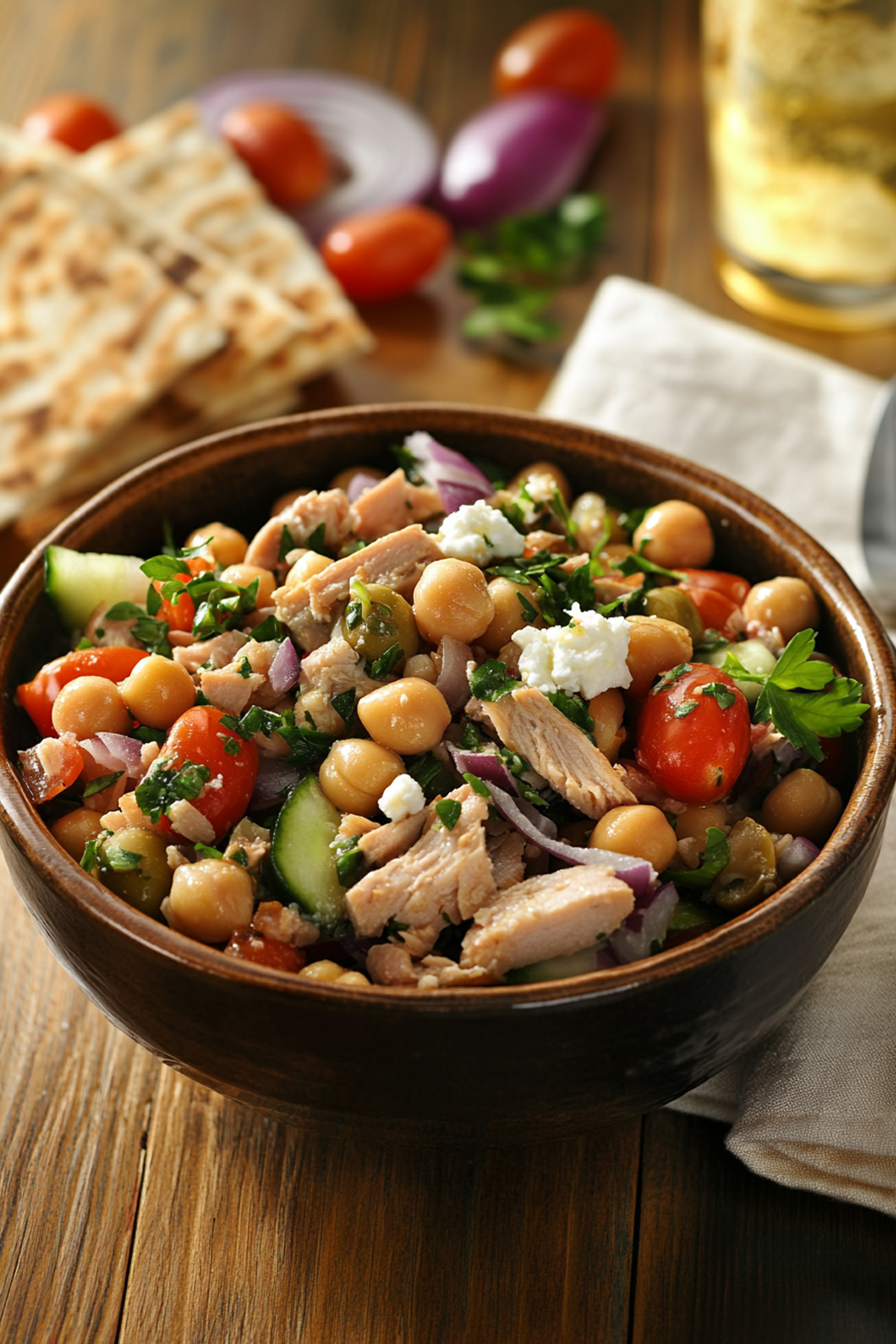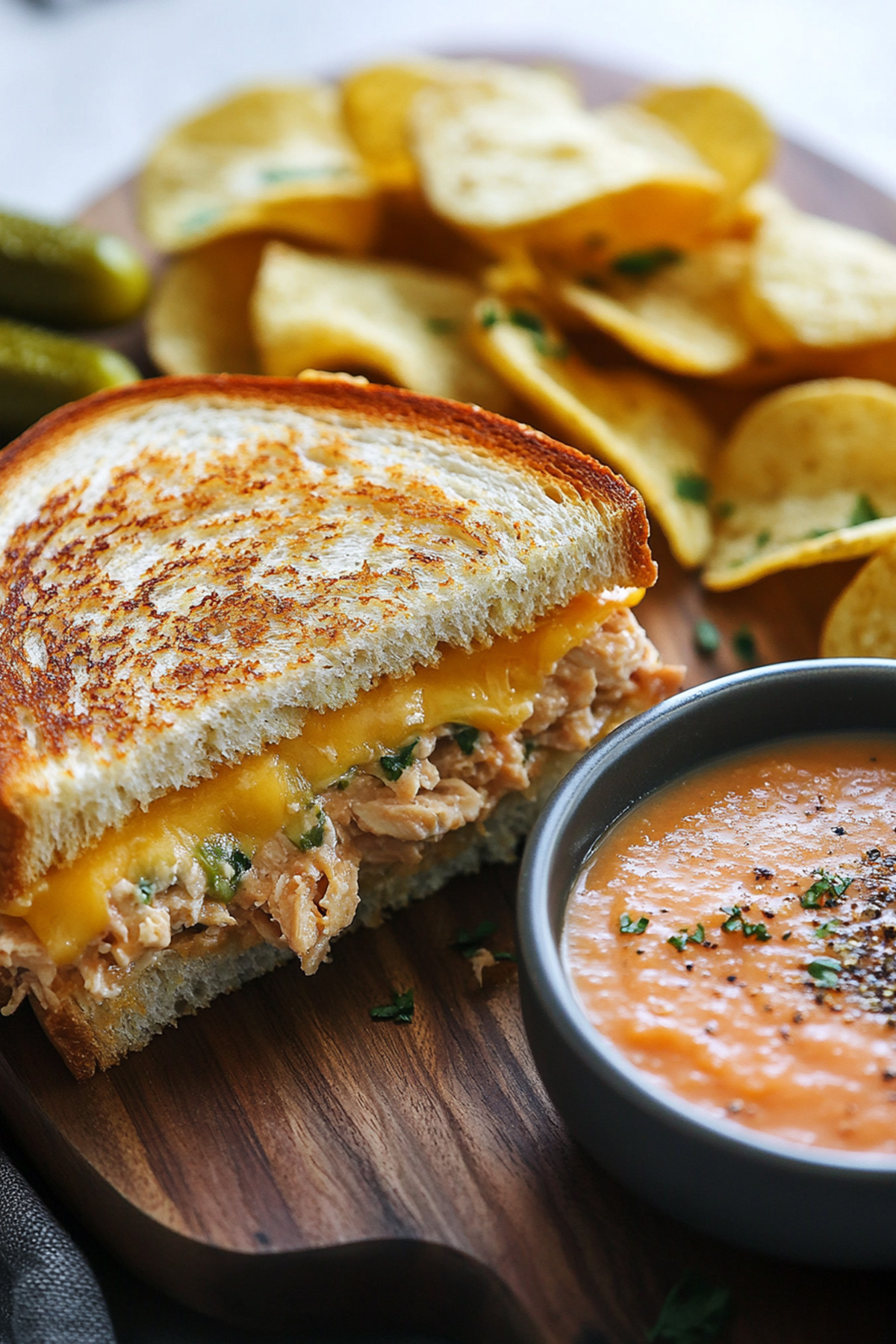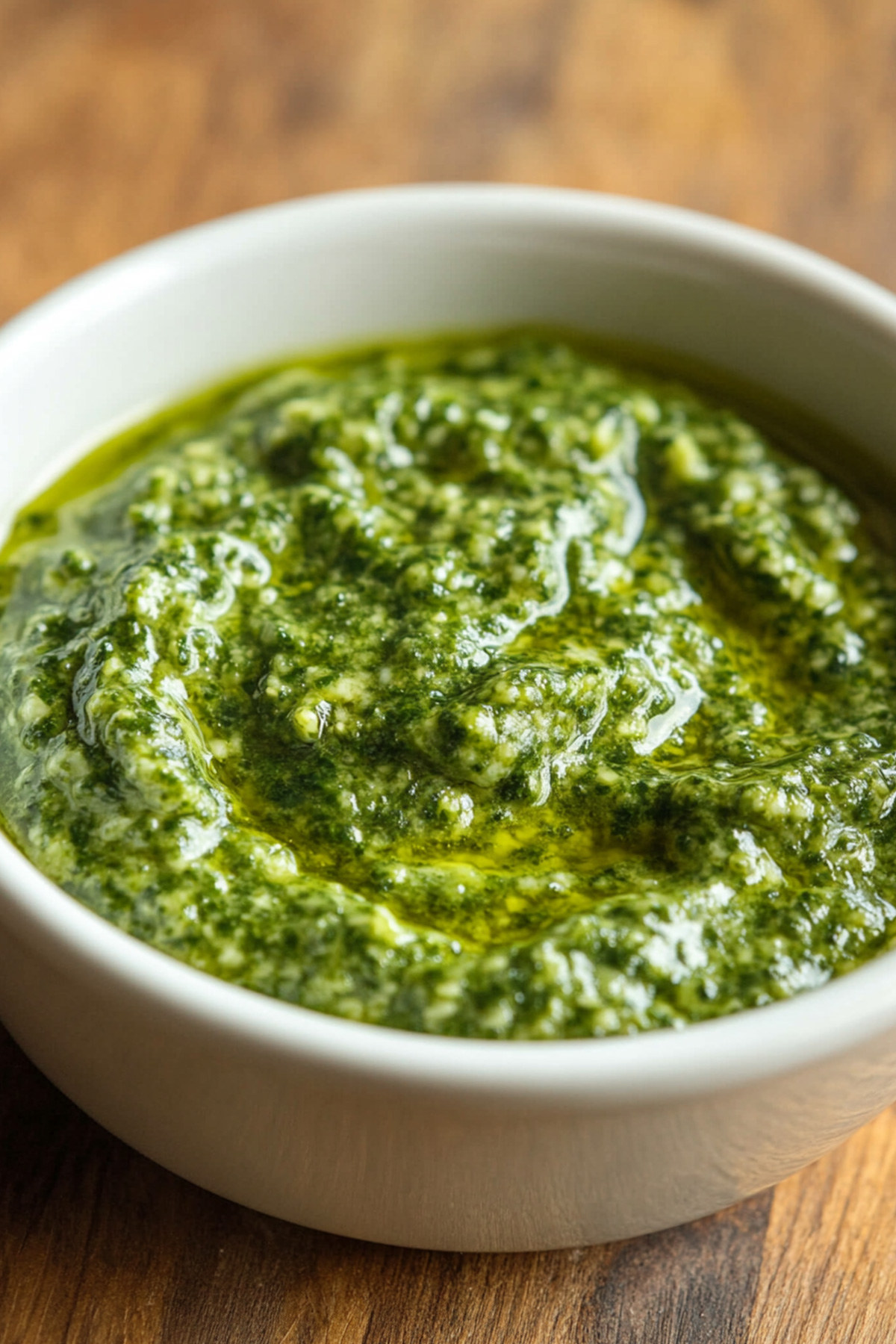Disclosure: As an Amazon Associate and participant in other affiliate programs, we earn from qualifying purchases. We only recommend products we believe will provide value to our readers.
A classic fish pie recipe combines flaky fish, creamy sauce, and golden mashed potatoes to create the ultimate comfort food you’ve been looking for.
The thought of making fish pie from scratch might seem daunting to many home cooks. They worry that the process is complex and takes too much time. The truth is that this beloved British dish is simpler to prepare than most people think. You can create a restaurant-quality version with the right ingredients and basic steps.
This piece shows you everything about crafting the perfect fish pie. You’ll learn the best ways to select fish and become skilled at making the sauce. These simple techniques will help you create a satisfying meal your family will love.
Table of Contents
What is a Fish Pie? A Culinary Classic Explored
Have you ever wondered about the story behind the classic fish pie? Fisherman’s Pie, its other name, has warmed British hearts and homes for centuries. This hearty dish resembles shepherd’s pie’s seafood cousin, with its golden crown of mashed potatoes replacing the traditional pastry crust.
The modern fish pie might seem simple, but its path through time tells an interesting tale. Fish became a dietary staple in medieval England, especially during Lent. The dish looked different from what we see on dinner tables now. Those early versions were elaborate creations that combined fish with spices, wine, sugar, and rosewater.
The modern fish pie has evolved into something both elegant and simple. White fish takes center stage in contemporary versions, with smoked varieties like cod or haddock swimming in creamy white sauce or rich cheddar cheese sauce. Home cooks and chefs often add their signature touch with prawns and hard-boiled eggs.
This dish stands out because it adapts so well. Jamie Oliver adds spinach to his version, Mary Berry includes boiled eggs, and Ottolenghi creates his with a sourdough crust. Each chef brings their unique perspective to this classic. Different interpretations appear everywhere from cozy London pubs to coastal Maine fish markets, reflecting local tastes and seafood choices.
Fish pie shines as a complete meal. It works well with side dishes but satisfies hunger on its own by combining protein, carbohydrates, and vegetables in one delicious package. This blend of comfort, convenience, and adaptability keeps fish pie’s status as a beloved part of British cuisine.
Understanding the Appeal of Homemade Fish Pie
The appeal of homemade fish pie recipe is hard to beat. At just 453 calories per portion, this hearty dish lets you enjoy comfort food without compromising your health goals.
This homemade fish pie stands out because of its amazing nutritional benefits. Each serving gives you:
- High-quality protein to build and repair muscles
- Omega-3 fatty acids that keep your heart healthy
- Essential vitamins from fresh vegetables
- Calcium and vitamin D from milk to strengthen bones
The versatility of this dish makes it a kitchen favorite. You can pack extra vegetables or create lighter versions easily. Making your own fish pie gives you complete control over the ingredients.
Perfect for Family Dinners This dish works like magic when you want your kids to eat more fish. They love the creamy, cheesy goodness topped with fluffy mashed potatoes. Everyone gathers around the table, plates get cleaned quickly, and they always ask for more.
Your homemade fish pie delivers a complete meal in one delicious dish. It combines protein, vegetables, and carbohydrates perfectly. The recipe adapts easily to everyone’s needs – you can add extra vegetables or try different fish varieties.
The best moment comes when you place it in the middle of your dinner table. One home cook found that people reach for seconds (and thirds!) until barely a pea remains. The dish tastes so good that portion control becomes tricky, but creating such a beloved family meal makes it worth the effort.
Note that fish pie might take some time to prepare, but its taste and health benefits make up for the effort. This isn’t just another recipe – it could become your family’s favorite tradition.
Types of Fish Perfect for Fish Pie
A great fish pie starts with selecting the right fish. The exciting part is you have plenty of fantastic options!
The Backbone: White Fish Your fish pie needs firm white fish as its main component. The fish should hold its shape during cooking but flake beautifully with a fork. Cod, hake, and halibut make traditional choices. These fish create a mild, versatile base that blends perfectly with the creamy sauce.
Adding Extra Flavor: Smoked Fish You can raise your fish pie’s flavor profile by adding smoked fish to the mix. A delicious pie works well with just white fish, but smoked varieties add incredible depth. Smoked cod, haddock, or mackerel will turn your pie from good to extraordinary.
Your best fish options for a perfect pie include:
- White Fish Options: Cod, hake, halibut, pollack, tilapia.
- Smoked Varieties: Smoked cod, smoked haddock, smoked trout.
- Rich-Flavored Fish: Salmon, ocean trout.
- Seafood Add-ins: Prawns, scallops (for special occasions).
Frozen vs. Fresh Busy cooks will love this – frozen fish works perfectly in your pie! Some cooks actually prefer it. The fish can go straight from frozen into the dish, just poach it in milk until it flakes easily.
Mix and Match Fish pie’s beauty lies in its flexibility. Combining two or three different types often gives the best results. Many people mix cod or haddock with salmon and a bit of smoked fish. This combination creates a beautiful balance of flavors and textures.
No smoked fish available? Your pie will still taste delicious with regular fish. Just add some grated parmesan to the sauce for extra flavor. The best recipe uses what’s fresh, accessible and fits your budget.
Essential Equipment for Crafting the Perfect Fish Pie
Let’s get your kitchen ready for an amazing fish pie. The best part? You likely have most of these tools already!
Essential Kitchen Tools You’ll need these significant items to make your perfect fish pie:
- A sturdy saucepan for creating your creamy sauce.
- A reliable potato masher to create that perfect topping.
- A sharp knife and chopping board for prep work.
- A colander to drain your potatoes.
- A spatula and mixing spoon to combine ingredients.
- A measuring jug for liquid measurements.
- A whisk to create smooth, lump-free sauce.
- A baking dish deep enough for all layers.
Your baking dish is the centerpiece of this culinary ensemble. A 9×13-inch ovenproof dish provides ample space for family-sized portions with generous layers of fish, sauce, and potato topping.
Each tool plays a vital role in your fish pie’s success. The whisk helps create that silky-smooth sauce that makes your pie irresistible. Your potato masher’s work results in a fluffy topping that turns golden brown in the oven.
Your kitchen tools need not be fancy or new. Simple equipment works just fine. Some of the tastiest fish pies come from kitchens with time-tested, simple tools that have created countless delicious meals.
Understanding the Key Components of a Classic Fish Pie
Let’s take a closer look at what makes a classic fish pie truly special. These key components work together to create something extraordinary.
The Foundation: Your Sauce A great fish pie’s life-blood is its sauce. This magical element binds everything together. Your sauce should be thick – about the consistency of honey – since it won’t thicken further in the oven. A rich, creamy base made from fish stock and milk creates the perfect canvas for other ingredients.
The Perfect Fish Combination We covered fish types earlier, but here’s a pro tip: the most balanced flavor profile comes from combining both smoked and unsmoked fish. Smoked fish adds wonderful depth, while unsmoked varieties bring a cleaner, more delicate taste.
Here are the components that make your fish pie shine:
- A rich, creamy white sauce infused with fish stock.
- A mix of smoked and unsmoked fish for optimal flavor.
- Fresh herbs (especially parsley and tarragon).
- Seasonal vegetables for texture and nutrition.
- A golden potato topping that’s fluffy yet crisp.
The Hidden Heroes: Vegetables Your fish pie becomes more nutritious when you add vegetables. Leeks, peas, and carrots are traditional choices, but creativity works well here. Many home cooks add hidden vegetables like grated zucchini or carrots to boost nutrition without changing the classic taste.
The Finishing Touches Proper seasoning will raise your fish pie to new heights. A touch of Dijon mustard, a splash of lemon juice, and careful salt and pepper seasoning create the difference. Some cooks add grated cheese on top for extra richness and a beautiful golden crust.
Note that your sauce should be fairly thick. The best results come from combining both smoked and unsmoked fish. Smoked fish provides most of the flavor, and unsmoked fish balances the overall taste profile perfectly.

Fish Pie Recipe
- Total Time: 50 minutes
Description
Want to make a comforting fish pie at home? This super simple recipe makes the classic dish less daunting. Your family and dinner guests will love gathering around the table for this hearty meal.
A delicious fish pie awaits with its cheesy mash topping and straightforward sauce. The fish doesn’t need pre-cooking – just combine the ingredients. This ultimate comfort food works great for batch cooking too.
Ingredients
- Fresh fish pie mix (cod, salmon, and smoked haddock).
- Cooked prawns.
- Floury potatoes (King Edward, Maris Piper, or Desiree).
- Butter.
- Grated cheddar cheese.
- Panko breadcrumbs.
- Full fat or semi-skimmed milk.
- Cornflour.
- Fresh chives.
- Salt and pepper.
Instructions
- Preheat your oven to 180C.
- Boil potatoes with salt for 10 minutes until tender.
- Make the sauce:
- Mix cornflour with a small amount of milk into a paste
- Heat remaining milk and paste in a pan until thick
- Add chives and season
- Place raw fish in a dish and pour the sauce over it.
- Drain potatoes, mash them with butter, and season.
- Layer mash on top of the pie filling.
- Top with cheese and breadcrumbs.
- Bake at 180C for 30 minutes until golden and crispy.
Notes
- Serve alongside peas, green beans, or broccoli
- Make sure the pie’s center is hot before serving
- Remember to defrost frozen fish and use pre-cooked prawns
- The pie can wait in the fridge for 24 hours before baking
- Freeze before the baking stage for later use
- Prep Time: 20 minutes
- Cook Time: 30 minutes
- Category: Seafood
- Method: Baking
Common Mistakes to Avoid When Making Fish Pie
A delicious fish pie isn’t rocket science, but some common pitfalls can turn your masterpiece into a disappointment. Experienced home cooks have shared their insights about avoiding the most frequent mistakes.
Your sauce should be extra thick and barely pour. A watery pie lacks that luxurious, creamy texture you want. The addition of double cream or cream cheese to your white sauce helps maintain creaminess during cooking.
Temperature control plays a vital role. High oven temperatures can lead to curdled sauce, especially with semi-skimmed milk. The best results come from setting your oven to 180°C/160°C Fan/350°F. This gentle heating prevents the fish from overcooking and releasing excess water.
These mistakes need your attention:
- Overcooking the fish before assembly.
- Not drying your potatoes properly after boiling.
- Adding raw spinach directly to the pie.
- Using very low-fat milk for the sauce.
- Seasoning at the wrong time.
A game-changing tip about spinach: steam or wilt it lightly first, then squeeze out excess moisture with a clean tea towel. This simple step prevents a watery sauce that ruins your pie’s texture.
The perfect potato topping starts with letting your spuds dry in the hot pan with the lid on after draining. This extra step removes excess moisture and creates that crispy top everyone loves.
Note that the fish doesn’t always need pre-cooking. Many cooks prefer laying raw fish over the prepared base. Just make sure your sauce is hot and thick enough to cook the fish through while baking.
Nutritional Breakdown of Fish Pie
Want to know what goes into your fish pie? Let me break down the nutrition facts of this family favorite dish.
A big helping of fish pie (about 350g) packs 395 calories. This makes it a filling main dish that fits nicely into most meal plans. The dish shines with its perfect mix of nutrients – 31% carbohydrates, 45% fat, and 23% protein. This balance keeps you satisfied longer.
Your portion comes packed with:
- Protein: 22g to support muscle health.
- Total Fat: 20g, including heart-healthy fats.
- Carbohydrates: 30g for sustained energy.
- Fiber: 3g to help digestion.
People who track their meals closely might notice that a bigger portion (397g) contains 539 calories and packs an impressive 42g of protein. The dish also delivers a healthy dose of 1137.3mg of potassium, which covers 24% of your daily needs.
The saturated fat sits at 13g – something to keep an eye on if you’re watching your intake. But this comes balanced with healthier options like 8.2g of monounsaturated fats and 4.2g of polyunsaturated fats.
A cup serving gives you 276 calories, so you can easily adjust portions based on what you need. The mix of quality protein from fish and energy-rich carbs from potatoes makes this dish nutritionally solid.
References:
– EatThisMuch
Pairing Suggestions for Your Fish Pie
Your fish pie deserves the right companions to make it a complete dining experience. Let’s explore some drinks and sides that will lift your meal to new heights.
The right wine makes this dish shine. Rich white wines pair beautifully with your fish pie’s creamy texture. Here are some stellar options:
- Chardonnay from South Africa (especially the Thorne & Daughters Menagerie).
- French Saint Veran.
- Chenin Blanc.
- White Cinsault for something unique.
Fresh and vibrant vegetable sides work great. Steamed green beans with olive oil and lemon juice create a refreshing contrast to the rich pie. Peas shine even more brightly when you toss them with fresh mint for extra flavor.
A splash of color makes your plate more appealing. Roasted carrots add a sweet balance to the savory pie. A mixed green salad with tomatoes and cucumbers provides a crisp element that cuts through the richness.
Bread makes the meal complete. A warm, crusty roll helps you enjoy every bit of the delicious sauce. Garlic bread adds extra comfort if you want something more indulgent.
Seafood sides can take your dinner up a notch. Crispy crab cakes or golden-fried shrimp turn this into a proper seafood feast. Cheesy leeks add luxury and complement your fish pie’s flavors perfectly.
Your fish pie stands strong on its own, but these carefully picked sides create a memorable dining experience. Simple steamed vegetables or multiple sides – these pairings will make your fish pie the star of your dinner table.
Make-Ahead and Storage Tips
Want to prepare your fish pie ahead of time? That’s a great idea! Let’s see how you can store and reheat this tasty dish while keeping its flavor and texture intact.
You can prepare your fish pie right up to the baking stage and store it safely. Note that eggs don’t freeze well – they become rubbery after thawing. Skip the eggs and peas in your recipe if you plan to freeze the pie.
Your storage timeline looks like this:
- Refrigerator: Up to 24 hours before baking.
- Freezer (unbaked): Up to 3 months.
- Freezer (leftovers): Up to one month.
- Cool time before storage: Within 2 hours of preparing.
The freezing process needs extra care. A double layer of plastic wrap and an additional foil layer will protect your dish perfectly. The cheese topping tastes better when added just before baking rather than freezing.
Your stored fish pie deserves proper reheating. Frozen pies need overnight thawing in the refrigerator. A thawed pie requires 10-20 extra minutes beyond the usual cooking time. Leftover portions should be heated until they’re steaming hot throughout.
Pro Storage Tips: Your refrigerator temperature should stay below 40°F (4°C) for food safety. Foil covering helps prevent the potato from browning too fast during reheating. A watery sauce after freezing shouldn’t worry you – it’s expected. A slotted spoon helps serve portions without excess liquid.
Safe storage practices make all the difference in your fish pie’s quality. These guidelines will help you enjoy your fish pie whether you’re planning meals ahead or saving portions for later.
Read also: Breaded and Baked Fish Recipe
Variations of Classic Fish Pie
Fish pie recipe needs your personal touch! Let’s explore some creative ways to make this classic dish uniquely yours.
The traditional mashed potato topping tastes great, but these alternatives will elevate your dish:
- Scalloped potatoes layered with cream create an elegant twist.
- Crispy potato rosti tossed with butter adds extra crunch.
- Herb-infused breadcrumb topping makes a lighter version.
- Golden puff pastry delivers a show-stopping presentation.
Your sauce can pack more flavor with sour cream instead of regular cream to create a tangy twist. The Italian version comes alive when you add prosciutto to your vegetable base along with onions, carrots, and celery.
A New England spin draws inspiration from their famous clam chowder flavors. Many home cooks have found that there was something special about cheesy cauliflower puree as a topping. It creates a buttery flavor that reminds you of classic Ritz crackers.
Plant-based diets welcome alternatives like butter beans, chickpeas, or cannellini beans. Nori seaweed adds that seafood essence, and oat cream works great instead of dairy.
Note that squeezing out spinach before adding it prevents excess moisture from making your pie watery. The pie’s flavor reaches new heights when you combine regular and smoked fish – smokiness adds depth to every bite.
Pro Tip: Vegan versions taste best with a rich vegan butter. Skip coconut-based spreads as they add unwanted coconut flavor. Oat-based milk alternatives create creamier results than almond milk, which can taste too sweet in this savory dish.
Troubleshooting Your Fish Pie
Your fish pie giving you trouble? Let’s solve those common kitchen challenges that might show up while you cook.
A thin sauce can ruin the dish. Your sauce should be thick enough that it barely pours. Water pooling in your pie points to a few common causes. Spinach usually creates this problem, but the solution is simple. Steam or wilt your spinach first and squeeze it in a clean tea towel to remove extra moisture.
Your sauce curdled? This happens with semi-skimmed milk at high temperatures. Lower your oven temperature to 180°C/160°C Fan/350°F. This gentler heat stops the fish from releasing too much water.
Quick Troubleshooting Tips:
- A splash of double cream or cream cheese thickens watery sauce.
- Let potatoes dry in the hot pan after draining.
- Squeeze spinach thoroughly before adding it.
- Watch the oven temperature to avoid curdling.
- Make your sauce extra thick before it goes in the oven.
Want to freeze your creation? Here’s what you should know: fish pie can be tricky to freeze. Both fish and mashed potatoes release water as they thaw. Freeze before baking if needed and skip the boiled eggs in your recipe.
Pro Tip: Heat your pie until it’s piping hot throughout before serving. This keeps your food safe and maintains that perfect creamy texture you want.
Each attempt brings you closer to your ideal fish pie. Home cooking shines through these learning moments, and these challenges help you become skilled at making the perfect fish pie.
Read also: Baked Black Cod Fish Recipe
Health and Dietary Considerations
Love comfort food but worried about nutrition? Here’s great news – your fish pie recipe can satisfy both cravings! A serving paired with fresh kale contains just 250 calories. This proves comfort food can align perfectly with your health goals.
Your fish pie adapts easily to fit special diets. You’ll be happy to know it works great as a gluten-free dish. Just check that your fish doesn’t contain gluten-based additives. This becomes extra important if you’re using canned fish – always read those labels carefully.
The dairy-free version offers some creative twists. Coconut cream or milk creates an amazing sauce base. The best part? You won’t taste any tropical flavors. A mix of Dijon mustard, lemon juice, and parsley transforms it into a savory delight.
This versatile dish fits many dietary needs:
- Switch to coconut milk or almond cream to make it dairy-free.
- Use suitable thickeners for a gluten-free version.
- Skip the leeks for low FODMAP.
- Make it Whole30 friendly without dairy.
- Add extra veggies to boost nutrition.
The nutritional benefits pack quite a punch. Rich protein content and loads of vegetables make this a balanced meal choice. Add a generous side of curly kale and you’ve got yourself a filling dinner that keeps your health goals on track.
Ready to make it even better for you? Try mixing light cream cheese with milk instead of heavy cream. This clever swap keeps that luxurious texture while cutting calories. Adding extra vegetables boosts nutrition without sacrificing any of that amazing taste.
Read also: Baked Mahi Mahi Fish Recipe
The Cultural Significance of Fish Pie
The fish pie on your dinner table has a fascinating royal story behind it. This beloved dish started from simple beginnings and made its way to royal feasts.
Your favorite fish pie recipe has roots in Britain’s early Christian days. The spread of Christianity across Britain made fish a significant part of religious observance. People needed alternatives during Lent when meat wasn’t allowed, so creative cooks came up with fish pie.
The royal connections make this dish even more special. Here are some remarkable historical examples:
- Yarmouth had to send 100 herrings baked into two dozen pies to the king.
- The prior of Llanthony, Gloucester, presented Henry VIII with a special pie made from eels and carp in 1530.
- Even the Prince of Wales received this special dish in 1752.
- Queen Victoria continued this tradition during her reign.
Your fish pie keeps this rich heritage alive while adapting to modern tastes. The sort of thing I love is how this dish managed to keep its place as the ultimate Friday night comfort food. A steaming fish pie on Friday evening connects you to centuries of tradition – though your version probably tastes quite different from Henry VIII’s!
The development of fish pie reveals fascinating details about British culinary history. It started as a Roman tribute to their goddess Venus and became a beloved family meal. The Romans brought their fish-eating habits to Britain and faced criticism for eating too much fish, but the tradition stuck.
Your modern fish pie recipe might seem different from its historical roots, but it’s part of an unbroken culinary tradition. Each time you make it for a cozy family dinner or guests, you cook up a piece of British history. This dish grew from a symbolic religious food to become the ultimate comfort food fix.
Read also: Baked Tuna Fish Recipe
Conclusion: Mastering the Art of Fish Pie
Fish pie shows the rise of British cuisine from medieval feasts to modern comfort food, and it hasn’t lost its charm. You can make this classic dish at home by combining centuries-old tradition with modern convenience. No professional expertise needed.
Quality ingredients and proper techniques will help you create a nutritious and satisfying meal that fits your dietary needs and schedule. You can prepare it ahead for busy weeknights. Try different toppings or follow the classic recipe – each approach brings its own rewards.
Practice makes perfect with fish pie, and the experience is worth the effort. Fresh ingredients and the right sauce consistency are key elements to success. Feel free to add your personal touch. This versatile dish could become your family’s favorite comfort food and continue a delicious tradition that spans generations.

